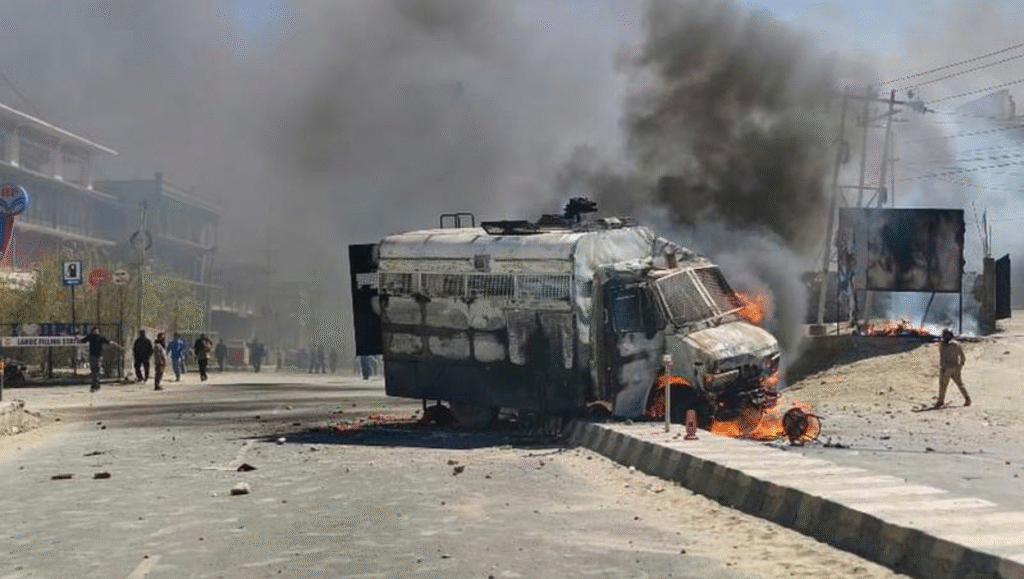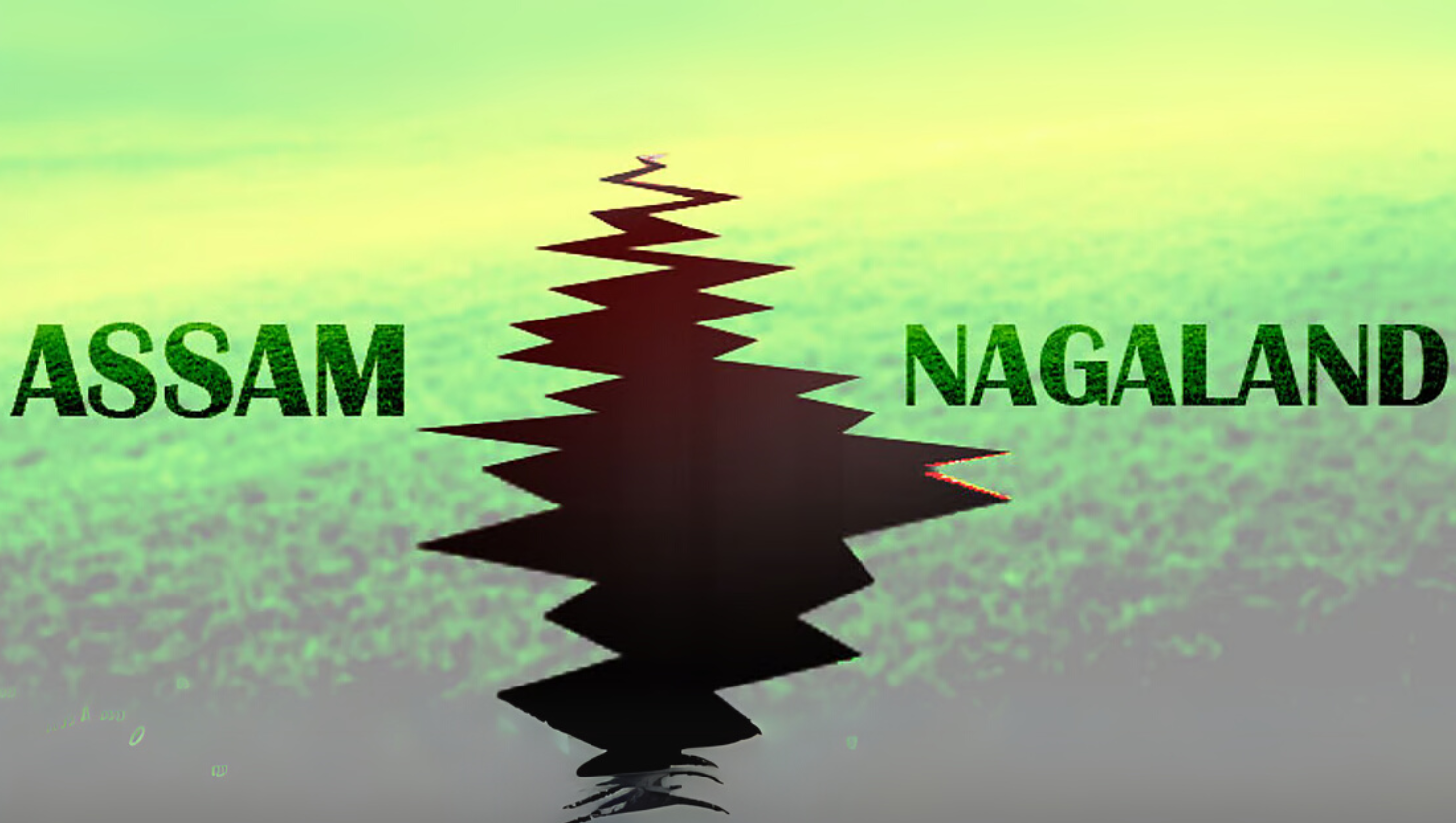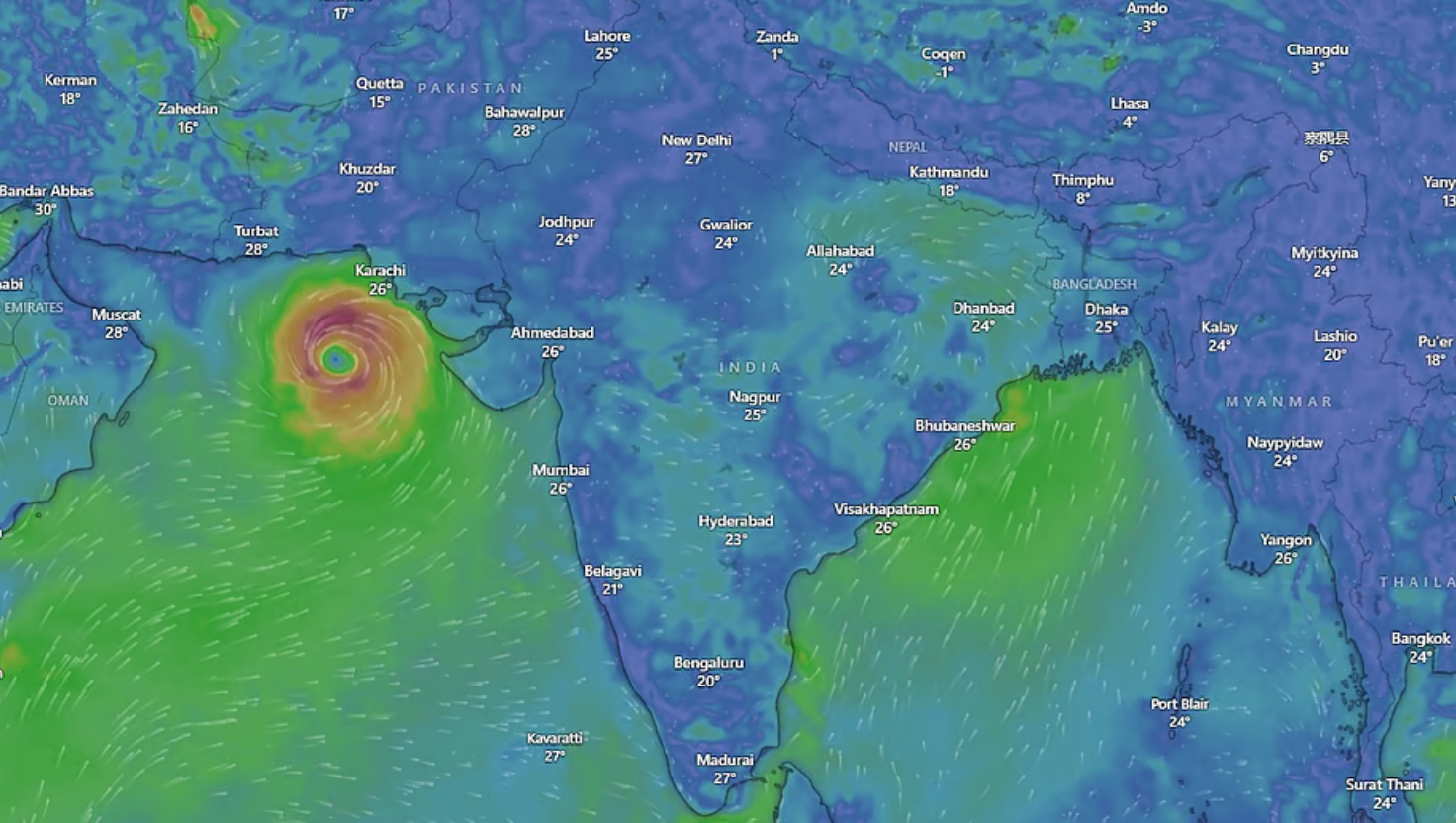Ladakh Protests over Statehood and Sixth Schedule
Syllabus: Polity (UPSC GS II)
Source: The Hindu
Context
Recent violent protests in Leh, Ladakh demanding statehood and Sixth Schedule status have led to four deaths and over 30 injuries. Activist Sonam Wangchuk ended his 15-day hunger strike amid this unrest.
Background
- In 2019, the J&K Reorganisation Act bifurcated Jammu & Kashmir into two Union Territories—J&K (with legislature) and Ladakh (without legislature).
- Initially, UT status was welcomed. However, discontent grew as:
- Powers of Hill Councils were curtailed,
- Recruitment opportunities declined,
- Land and cultural safeguards were weakened.
- Since then, the Leh Apex Body (LAB) and Kargil Democratic Alliance (KDA) have led protests, now intensified due to limited response from the Centre.
Key Demands of Protesters
- Full Statehood – for legislative powers and self-governance.
- Sixth Schedule Inclusion – to safeguard land, jobs, and culture of Ladakh’s 90% tribal population.
- Parliamentary Representation – a separate Lok Sabha seat for Kargil and a Rajya Sabha seat.
- Public Service Commission – local recruitment body for fairness.
- Land & Job Security – restrictions on outsiders acquiring land or jobs.
Arguments in Favour of Statehood
- Democratic Deficit: Without legislature, Ladakhis are governed by bureaucrats under the LG.
- Cultural Protection: Safeguards needed for tribal identity, land, and jobs.
- Geopolitical Importance: Local involvement builds trust in a sensitive border region (China, Pakistan).
- Youth Aspirations: Local recruitment and jobs would prevent alienation and migration.
- Credibility of Centre: Fulfilling 2019 promises strengthens trust.
Arguments Against Statehood
- National Security: Central control needed due to strategic location.
- Small Population: Around 3 lakh people may not justify statehood.
- Existing Autonomy: Leh and Kargil Hill Councils already provide limited self-governance.
- Risk of Division: Leh-Kargil differences may destabilise governance.
- Financial Dependence: Ladakh relies heavily on central funds.
Government Measures So Far
- Formation of a High-Powered Committee (HPC) for dialogue.
- ST reservation raised from 45% to 84%.
- One-third seats reserved for women in Hill Councils.
- Bhoti and Purgi recognised as official languages.
- Recruitment initiated for 1,800 government posts.
Implications of Violence
For Ladakh:
- Social Unity: Buddhists and Muslims united, but violence may strain relations.
- Youth Discontent: Rising frustration risks radicalisation.
- Economic Impact: Protests hurt tourism and Pashmina trade.
For India:
- Security Risks: China and Pakistan may exploit instability.
- Federalism Debate: Raises questions on Centre’s handling of UTs.
- Political Credibility: Centre’s unfulfilled promises may harm its image.
- Diplomatic Angle: Global focus on unrest in a disputed region.
Way Forward
- Structured Dialogue: Engage LAB and KDA with timelines.
- Enhanced Autonomy: Devolve more powers to Hill Councils.
- Selective Sixth Schedule: Apply safeguards for land and jobs without diluting national security.
- Youth Engagement: Job creation, eco-tourism, entrepreneurship.
- Balanced Approach: Protect Ladakhi identity while securing national interests.
Conclusion
The Ladakh agitation reflects the tension between democratic aspirations and national security concerns. While the protests have united diverse communities, violence could threaten long-term stability. A middle path—greater autonomy, cultural protection, and youth empowerment—offers the best way to meet Ladakh’s aspirations without compromising India’s strategic priorities.











